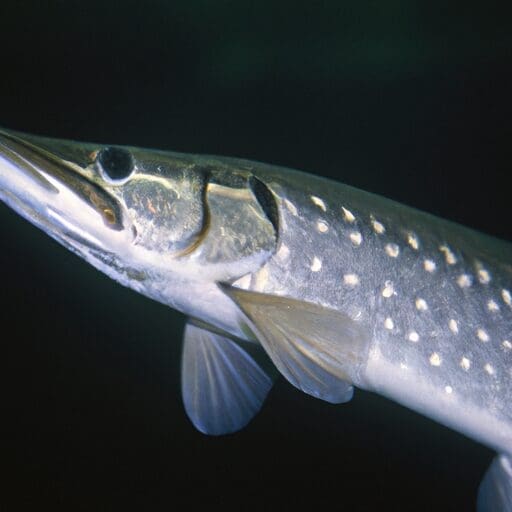Introduction
The Muskellunge (Esox masquinongy), often referred to as Muskie or Musky, belongs to the Pike family, known as Esocidae. This species of fish is the largest member of its family, known for its size and aggressive nature.
Conservation Status
Currently, the Muskellunge is not on the brink of extinction and has been classified as a species of “Least Concern” by numerous environmental agencies, including the International Union for Conservation of Nature (IUCN). However, due to habitat degradation and overfishing, some states in the US have categorized local populations as threatened or of special concern. Conservation efforts are focused on preserving their habitat quality, controlling exploitation levels, and conducting fishery assessments for effective management.
Statistics
Here are some statistics related to the Muskellunge species:
| Statistic | Average | Range |
|---|---|---|
| Length | 30-48 inches | 17-66 inches |
| Weight | 15-36 lbs | 2-70 lbs |
| Average Lifespan | 15-20 years | Not applicable |
Distribution
The Muskellunge can be found in freshwater habitats across North America, mostly in the Great Lakes region, the St. Lawrence River, and the Hudson Bay Basin. This species does not exhibit significant migration patterns, typically remaining in a home range.
Habitats
Preferring cool, clear water bodies, Muskellunge inhabit both shallow and deep freshwaters ranging from lakes, rivers, and reservoirs. They have a tolerance for water temperatures between 50-80°F, remaining near the surface during the cooler seasons and moving deeper in warmer periods.
When and Where to See
Muskellunge are most active during the early morning or late evening. Seasonally, the fall presents a better opportunity to find larger Muskellunge as they feed more aggressively to prepare for the winter months.
Best Fishing Locations
If you’re looking to catch Muskellunge, some of the best locations are:
- St. Lawrence River, NY
- Green Bay, WI
- St Clair River, MI
- Mille Lacs Lake, MN
- Winnipeg River, Manitoba
- Bemidji State Park, MN
- Chautauqua Lake, NY
- Lake Vermilion, MN
- Cave Run Lake, KY
- Lake of the Woods, Ontario
For a successful catch, focus on areas with ample vegetation coverage or rocky structures.
How to Catch
Muskellunge, being territorial, respond well to large, live baits such as suckers. Techniques such as casting or trolling with heavy duty gear can increase your chances. The late fall season, particularly October and November, is considered the best time for Muskie fishing.
Identification Guide
The Muskellunge can be identified by its long, slender body with a flat head. The color varies from light green to brown with dark vertical stripes on the sides. It has a large mouth with sharp, canine-like teeth. Unlike Pike, which it is often confused with, Muskellunge have fewer than six sensory pores on the underside of each jaw.
Culinary Information
While Muskellunge are not commonly sought for their taste, they can be prepared grilled, smoked or baked. The meat is white, fluffy and mildly flavored. Always ensure to remove the Y-bones before cooking.
Additional Information
Muskellunge are solitary predators, ambushing prey from covered areas. They feed mostly on fish but can also consume small aquatic mammals and waterfowl. Apart from natural predators like larger predatory fish, the Muskellunge also faces threats from habitat degradation and angling pressures.
References and Further Reading
For more about the Muskellunge, take a look at these sources:
- Muskies, Inc. https://muskiesinc.org/
- Freshwater Fishing News. https://freshwaterfishingnews.com/
- National Geographic: Muskellunge. https://www.nationalgeographic.com/

